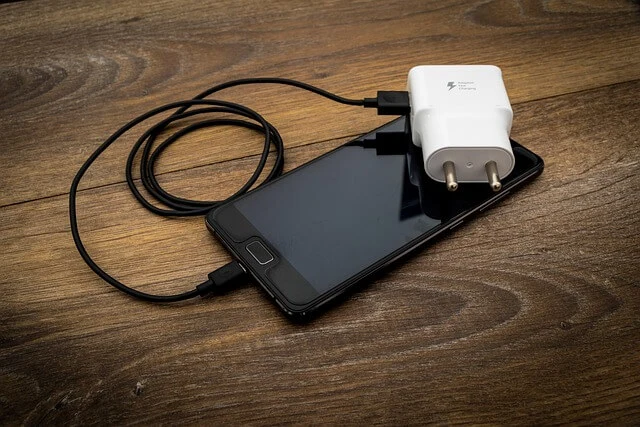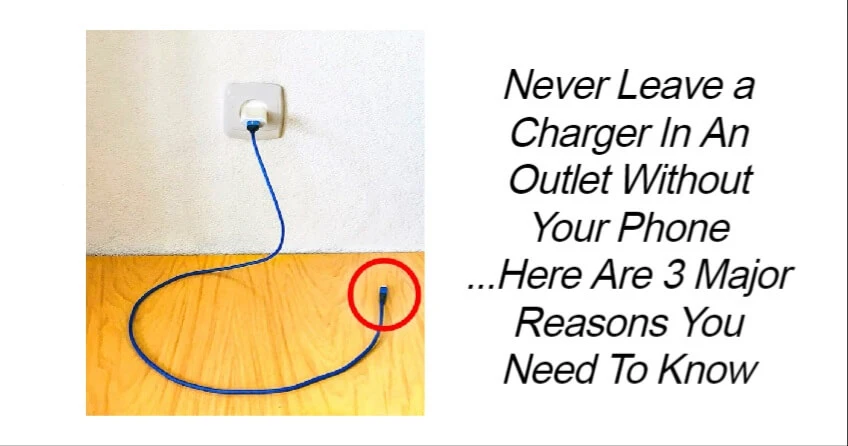Many people often forget to unplug their chargers after they’ve finished charging their devices, but what they don’t realize is that leaving chargers plugged in can lead to a variety of potential problems.
What happens when you leave a charger plugged in?

Even when a charger isn’t actively charging a device, it still consumes power—though at a lower level. This is often referred to as “phantom load” or “standby power.” Over time, this continuous power draw can result in unnecessary energy consumption, contributing to higher electricity bills. But the issues don’t stop there. A charger left plugged in for long periods can overheat, especially if it is cheap or poorly designed. Overheating accelerates the wear and tear on the internal components of the charger, such as capacitors and resistors. This breakdown can significantly reduce the charger’s lifespan, making it more prone to malfunction.
In extreme cases, if there’s a sudden surge in voltage, an active charger could overheat to the point where it starts to smoke or even catch fire. This scenario, though rare, poses a significant fire hazard, particularly if the charger is left in an area that is not regularly monitored, such as under a bed or on a cluttered countertop.
Safety is also a major concern, particularly in households with pets or young children. If a charger is left plugged in and the cord remains exposed, it can create an electrical hazard. Pets might chew on the cords, or children could accidentally touch them, leading to the risk of electrical shock.
In conclusion, while it may seem like a small inconvenience to unplug your chargers, doing so can help prevent unnecessary power waste, protect your devices, and reduce the potential safety risks in your home. Always be mindful of leaving chargers plugged in, especially when they are not in use.


